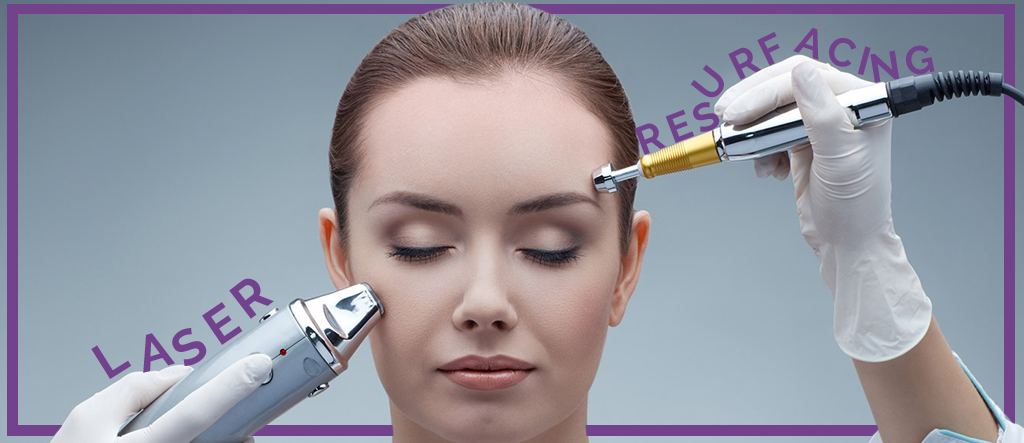Lasabrasion: Everything you wanted to know about laser resurfacing treatment

We all want to look our best but sometimes our skin has a different idea. Wrinkles, age lines, sun spots,acne scars, blemishes – those are just some of the skin impurities many of us have to face every morning when looking in the mirror. Fortunately, with countless beauty technologies that exist today, fixing your appearance isn’t all that difficult.
Laser skin resurfacing, sometimes also called lasabrasion or laser peel is one of the leading skin rejuvenation methods on the market today. In addition to treating age related problems such as wrinkles and fine lines laser resurfacing is also often used to reduce the appearance of other skin irregularities, including acne scars, sun spots at other.
How does laser resurfacing work?
Laser resurfacing uses precise laser beam to target damaged skin cells. Depending on the intensity the lasers used in the resurfacing procedure are either ablative or non-ablative lasers.
Ablative laser is more invasive and uses carbon dioxide to remove thin layers of skin. Ultrapulse (short pulsed light energy) or continuous light beams scan the surface for damaged areas and simply peel them off. Vaporizing the outer skin layer stimulates collagen production. The skin reconstructs itself as it heals. Post procedure swelling and redness are expected. It can take up to two weeks for your skin to repair itself.
Erbium laser does not remove any skin. It’s more effective when treating impurities on the surface level. Non ablative laser focuses mainly on tightening the skin and stimulating collagen production, it’s less invasive as well as less risky. Erbium option has been proved to cause fewer side effects (swelling, bruising, and redness) as well and has shorter recovery time.
Is laser resurfacing for you?
Laser skin resurfacing is one of the more “serious” beauty procedures.
Start by consulting a specialist to determine if you are a candidate and which laser resurfacing treatment is best suited for you.
Other than that, if you have any of the following skin problems, you qualify as a candidate for laser skin resurfacing:
- sun-damaged skin with numerous fine lines
- wrinkles around eyes and loose skin in your lower eyelid area
- vertical wrinkles around your mouth
- Skin discoloration/ brown spots
- Scars that have make the surface of your skin uneven
- Acne scarring
How to prepare for laser resurfacing procedure?
Once your doctor is positive about laser skin resurfacing and has a treatment plan,
you’ll most probably be asked to follow some general pre procedure guidelines:
Refrain from taking medications that can affect clotting.
Stop smoking at least two weeks prior to surgery.
Avoid spending time in sun. Getting too much sun exposure before the procedure can cause permanent irregular pigmentation in the treated areas. You can still spent short amounts of time in the sun using the right protection.
Stay well hydrated before as wella s after the procedure.
You will most certainly asked to apply special creams, lotions or gels to your skin for a few weeks prior the treatment to ease your skin into the procedure. You also might be asked to refrain from using your everyday skin produced to avoid any additional risks of skin irritation.
Recovery time depends on the size of treated area and the intensity of treatment. In case of ablative lasers the recovery takes usually between . In case of non-ablative treatments recovery time is slightly shorter.

